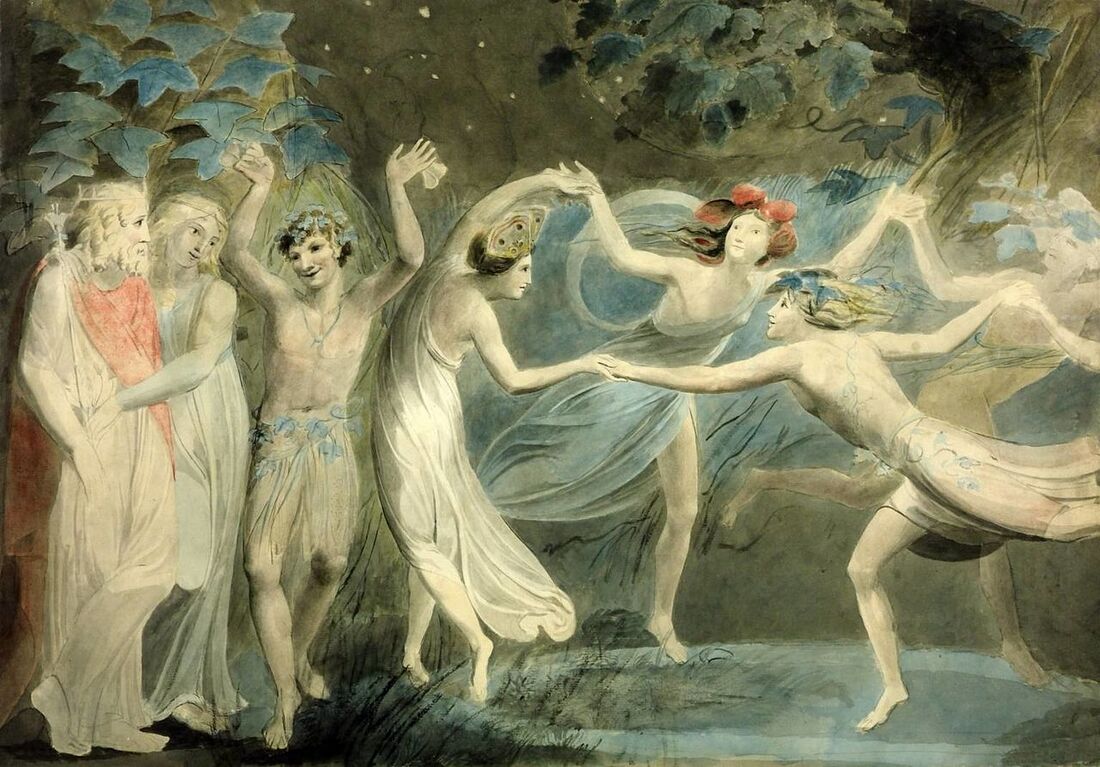|
The calendar above my desk calls today the first day of summer. For meteorologists, summer started June 1 based on monthly average temperatures. In parts of northern Europe, the solstice counts as midsummer, halfway between planting and harvest, halfway through the weeks of longest daylight. Just to complicate matters, some celebrate Midsummer on June 24 to coincide with the Feast of Saint John the Baptist.
I tend to think of seasons as part of nature, untouched by humans except as we interfere. But it’s we humans who define them by dates and pretend nature gave us the definition. Why four seasons, instead of just two—hot and cold—or the six on the Hindu calendar? Why treat them as equal in length whether you’re in San Diego or Wisconsin? Nature cycles gradually, by fits and starts, with markers like the first robins in March or ragweed pollen in August. Our calendar with its seasonal divisions is a mere approximation, a convenience that makes it easier to think and talk. It only gets us in trouble when we expect nature to comply. Image: William Blake, c. 1786, Oberon, Titania and Puck with Fairies Dancing, inspired by A Midsummer Night’s Dream. Midsummer, set in June, was among the most popular and rowdiest festivals of Shakespeare’s England.
0 Comments
Leave a Reply. |
AuthorI'm a historian who writes novels and literary nonfiction. My home base is Madison, Wisconsin. Archives
July 2024
|

 RSS Feed
RSS Feed